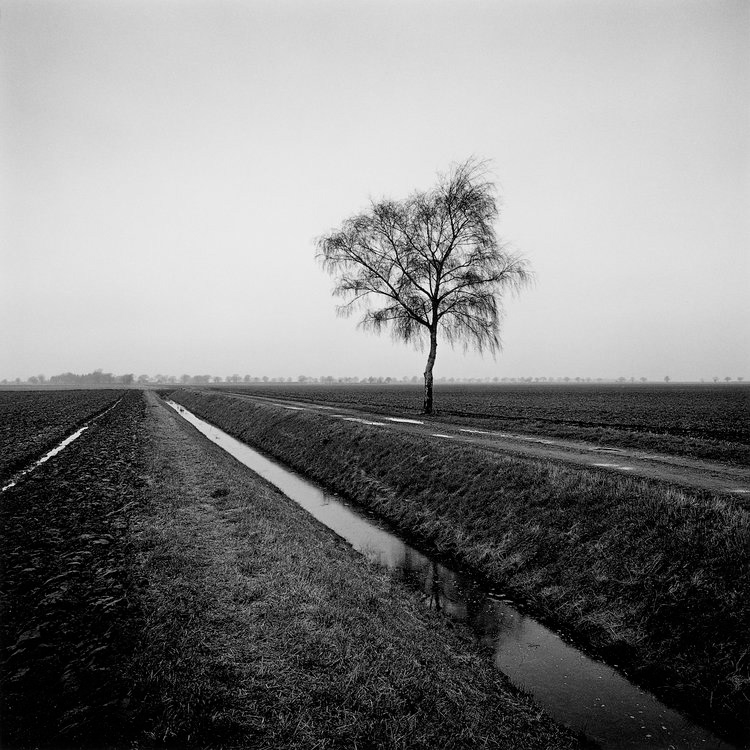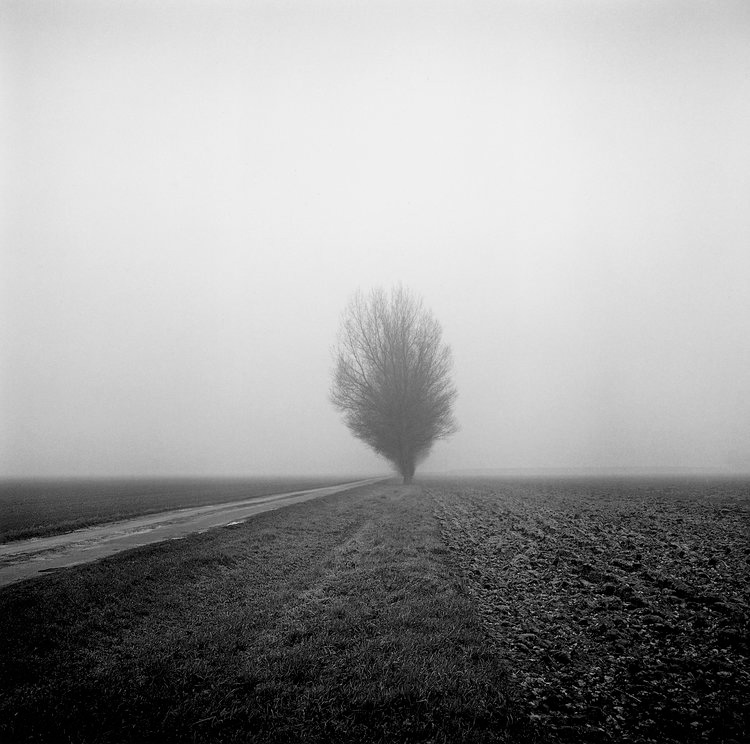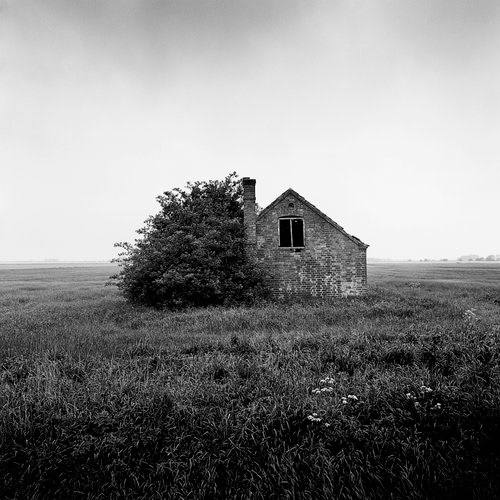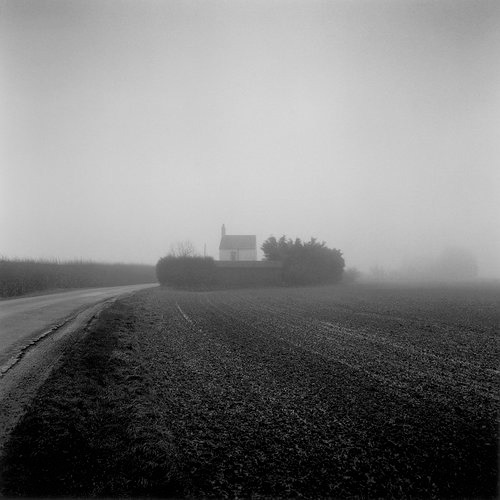Animism, belief in innumerable spiritual beings concerned with human affairs and capable of helping or harming human interests. Animistic beliefs were first competently surveyed by Sir Edward Burnett Tylor in his work Primitive Culture (1871), to which is owed the continued currency of the term. While none of the major world religions are animistic (though they may contain animistic elements), most other religions—e.g., those of tribal peoples—are. For this reason, an ethnographic understanding of animism, based on field studies of tribal peoples, is no less important than a theoretical one, concerned with the nature or origin of religion.
https://www.britannica.com/topic/animism
What do Pagans believe in?
Although Paganism covers a wide spectrum of ideas, these elements sum up the beliefs of the majority.
Nature
The recognition of the divine in nature is at the heart of Pagan belief. Pagans are deeply aware of the natural world and see the power of the divine in the ongoing cycle of life and death. Most Pagans are eco-friendly, seeking to live in a way that minimises harm to the natural environment.
Concepts of the divine
Pagans worship the divine in many different forms, through feminine as well as masculine imagery and also as without gender. The most important and widely recognised of these are the God and Goddess (or pantheons of God and Goddesses) whose annual cycle of procreation, giving birth and dying defines the Pagan year. Paganism strongly emphasises equality of the sexes. Women play a prominent role in the modern Pagan movement, and Goddess worship features in most Pagan ceremonies.
Pagan theology
Paganism is not based on doctrine or liturgy. Many pagans believe 'if it harms none, do what you will'. Following this code, Pagan theology is based primarily on experience, with the aim of Pagan ritual being to make contact with the divine in the world that surrounds them.
https://www.bbc.co.uk/religion/religions/paganism/beliefs/beliefs.shtml
Humanity is always progressing and if you were to show someone this video 100 years ago they would most likely laugh at the absurdity of the things discussed in this animation. However, it is becoming increasingly more obvious how humanity is strangling the planet we are living on, destroying it and each other. The world is never at peace and I think it comes down to people not wanting to see everyone and the natural world as equals. Short term decisions are always being made to make things momentarily better but in the long term have a negative impact usually on the environment. There are so many examples of this in our day to day lives that I think that these are discussions which you can have with most of humanity. However it feels that the people at the top, with the power to change and influence change are not going to make what needs to happen in the time that it needs to.
I think that this video is a pretty optimistic outlook on the future of humanity as it suggests that we only need to change one thing which is to stop eating meat. I am not in disagreement with this, however, what I think we need to do as humans is to make living as one completely sustainable so that we can carry on living on this planet. One quote that I like from this video is “Humans need to move from an egocentric consumer culture to an ecocentric life enriching culture.” This spoke to me as I completely agree with this statement and I would say that I live my life like this as I life for enriching experiences and not materialistic objects.
Reflection
Humanity's relationship with the land is extremely complex, diverse and perhaps paradoxical. I could spend years researching the relationship that we have with the land and how we need to better our interaction with it in order to protect and sustain human living. I think that as a photographer who is building a philosophy of their work as well as an autonomous view on how to live life, it is important to consider some key thinking.
It is obvious that we need to change and adapt the way in which we live on this planet. The environmental terror that is documented in the research that I carried out on the Anthropocene is a visual narrative of what needs to change. As well as thinking about Pagan theory which is centred around the recognition of the divine of nature. And Animism, which is the belief in innumerable spiritual beings concerned with human affairs and capable of helping or harming human interests. As well as the environmental awareness that Ansel Adams fought for within his photographic practice and activism.
These are just a few examples of thinking and work that is out there and depicts the importance to our connection with the land. Within my photographic practice I too am conveying the importance of a close relationship with the land.
Paul Hart
Farmed (2009-2015)








The Fens is a region of reclaimed marshland in eastern England, which is now one of the richest arable areas of the UK. Paul Hart has been photographing this landscape of agribusiness for over ten years. FARMED (2009-2015) is the first in a three part series on the region. The series is comprised of 56 photographs made by Hart as silver gelatin prints. FARMED was first published in 2016 by Dewi Lewis with an essay by Collier Brown and was reprinted in 2018. Work from FARMED resides in a number of important collections including the V&A Museum and the MoMA Art Library Collection.
“The landscapes in Paul Hart’s series, Farmed, are at once beautiful and beleaguered, full and empty, alive and dead. The disappearances between these conditions are the true subjects. One feels their presence in every photograph....Hart’s photographs raise important questions about possession, ownership, mobility, stewardship, history, memory, perspective - the list goes on. But none of these would matter much if these photographs were not, in their attention to the poetry of the place, earnest and moving ”
— Collier Brown, Editor 21st Editions
https://www.paulhartphotography.com/farmed-series/9zd0elkia9l4qr14vj5ezmg0o8bqdc
I think that Collier Brown has perfectly described this body of work by Paul Hart. The Aesthetica article for this piece was the first listing on my google search “humanity and the land” which I thought must be explored further.
This body of work is an extremely silent and poetic exploration of human presence within the landscape. The intense contrast between the land and the sky draws the viewer into the human structures which are placed in the desolate landscape. Manufacturing a feeling of loneliness as the viewer connects themselves with the isolated subjects that sit on the horizon line of the compositions.
This harmonised approach to capturing human presence on the land conveys a relationship that can be cohesive and non damaging to the landscape. The strong lines that repeat in Hart’s images bring forward a uniformed series of photographs that calm the viewer’s mind about the relationship that we have with the land.
I feel that there is a sense of melancholy captured in this body of work. The negative space created by the overcast of the sky and low mist flattens the frame and contains the viewer in a small part of the landscape. The imagination of the wider landscape is left to the viewer which contains a trapped like feeling within the mist of the narrative.
I think that this work produces an overall sadness to the landscape and perhaps our relationship with it. We could see it as a covert message that our relationship with the land is disconnected and slowly dying. This feeling is something that we should be fighting for to create a better world to live in. Hart’s work inspires me to capture the land in a positive and grateful light. One that inspires people to get out and explore it and fight to protect it.